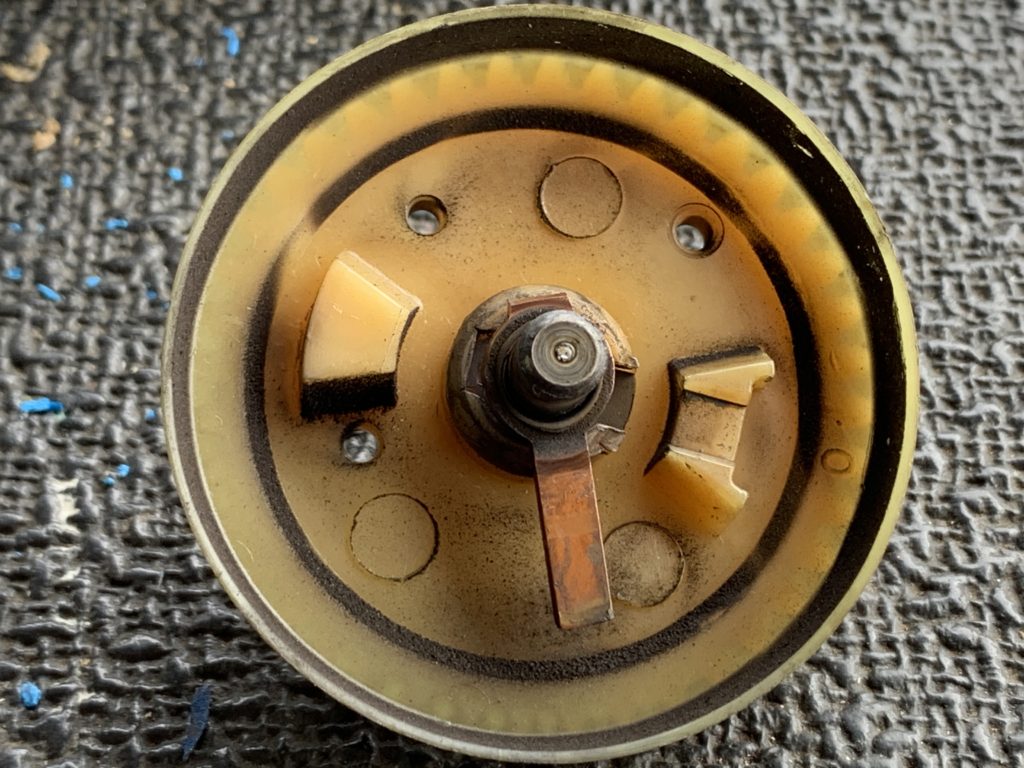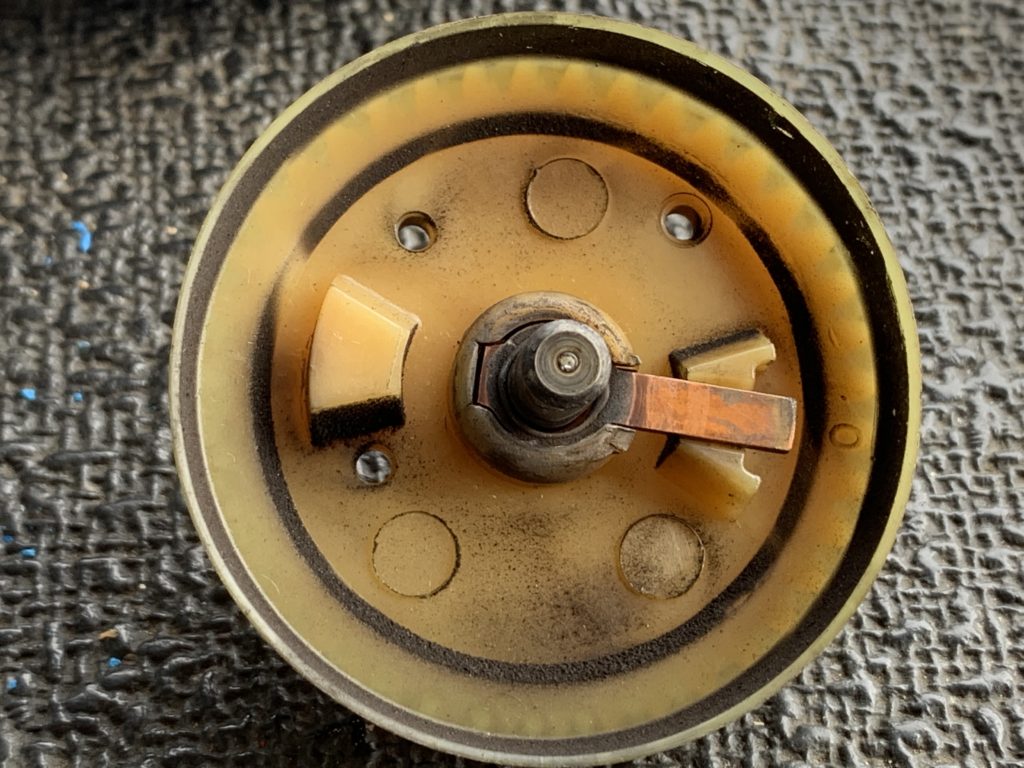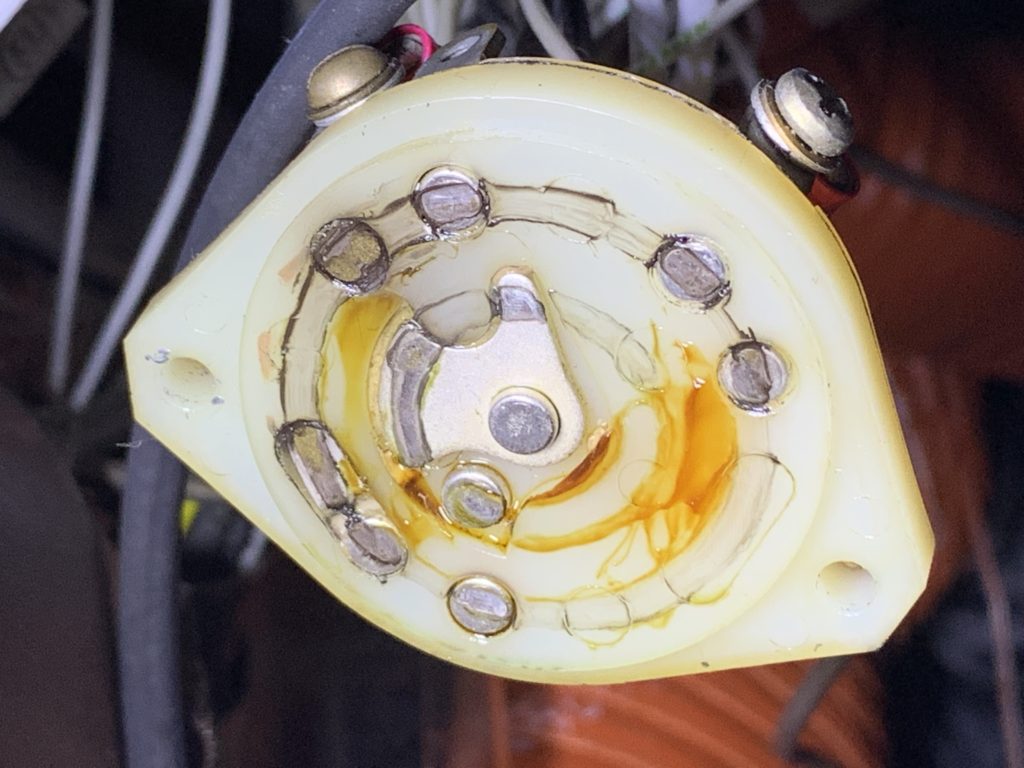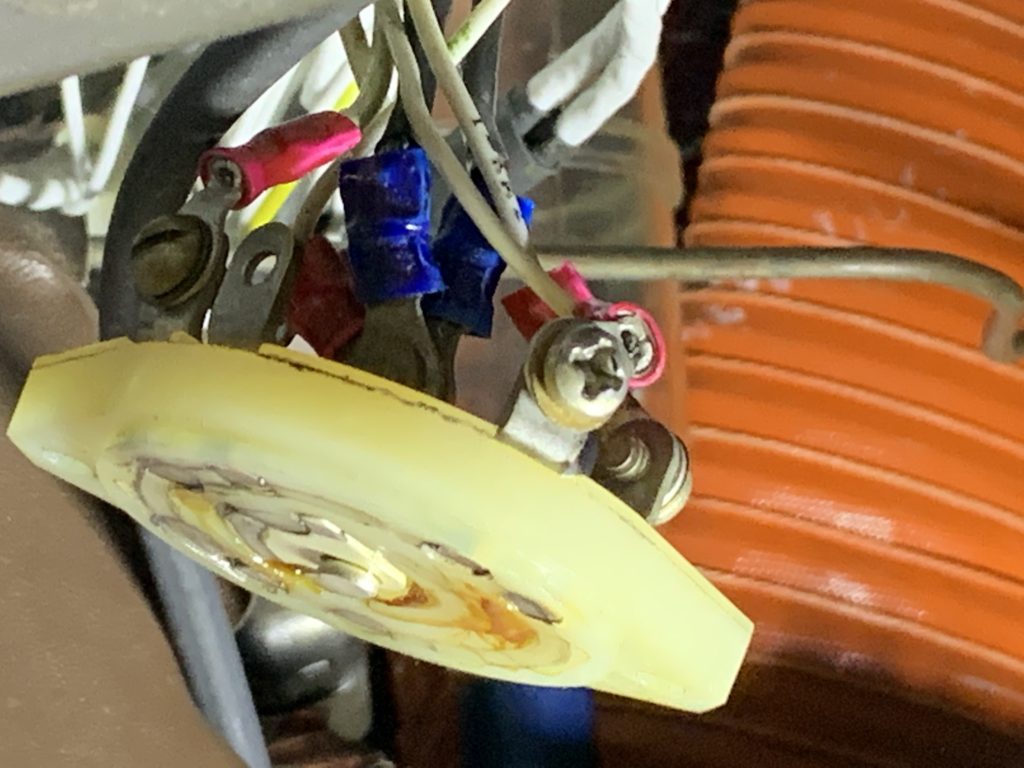Podcast: Play in new window | Download
I was sitting in my car that day, having lunch with my friend Matt, when we noticed the airport fire trucks were rolling out toward the runway. Although they exercise these trucks regularly, this time seemed different.
And sure enough, a Piper Navajo made a low pass and it was obvious the landing gear was not extended. I decided to go inside and try to find out what was going on.
After some conversation with the unicom people, I offered to talk with the pilot. They gladly agreed.
Thankfully, we had maintained several Navajos in the past at Classic Aviation, so I was reasonably familiar with the landing gear system. I spoke with the pilot on the radio, and confirmed he was able to extend the gear with the emergency extension hand pump, and the gear selector handle had returned to neutral, with all three gear down lights on.
This seemed promising, and we anticipated an uneventful landing. A low pass confirmed the gear now appeared to be extended.
A successful landing was a relief to everyone.
After landing, the nose baggage compartment was opened, and it became obvious the hydraulic fluid in the power pack was very low… apparently so low the engine driven pump could not pump the gear down.
Here’s where a good understanding of the system is helpful.
There is a “standpipe” in the hydraulic power pack that has a unique function. If the fluid level gets too low, the standpipe reserves enough remaining fluid for the emergency hand pump to pump the gear down. It’s a great safety feature in this airplane, and others with hydraulic landing gear.
We filled the power pack with MIL-5606 aviation hydraulic fluid, and recommended the pilot get the system checked for leaks.
Listen to the audio for the complete information on this one, but the main lesson is “Be familiar with your retractable landing gear system, especially the emergency procedures.”
Here are a several suggestions to make this happen:
- Practice your emergency landing gear extension procedure, in flight, with a competent and knowledgeable instructor or pilot, at least once a year.
- Visit your maintenance shop during the annual inspection and operate the emergency gear system with the airplane on jacks.
- Watch the gear operate on jacks, from outside the airplane, so you can have a visual picture of what is actually happening when you retract and extend the landing gear.
- Memorize your landing gear emergency procedures, and keep the manual/checklist in a convenient and accessible location in your airplane.
- Finally, make sure your landing gear system is well maintained and properly adjusted, with full hydraulic fluid (if applicable) to ensure safe and reliable operation.
Other podcasts mentioned in this episode:








Recent Comments